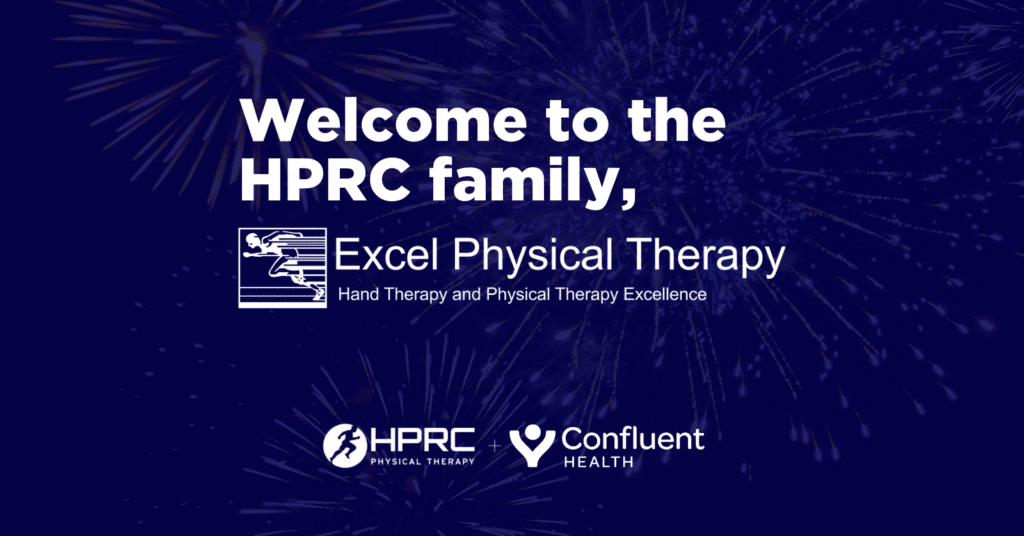Therapy that includes the word “needle” is an attention-grabber, but for a growing number of patients, dry needling is a game changer for managing pain and increasing mobility.
We’ve seen great results using dry needling in a variety of patients, including a chronic migraine sufferer in her 50s who was able to stop taking the prescription drugs she’d relied on for years after just a few sessions. In another case, dry needling helped a high school soccer player hindered by severe hip and glute strain regain his performance and play without pain. We’ve also used the intervention in a breast cancer survivor in her 40s who was eager to regain arm movement after a double mastectomy and reconstructive surgery. Dry needling was an individual component of a complex therapy regimen, but a very important one. It helped our patient regain the ability to raise her arms above her shoulders and meet her goal of competing in a local charity dance event.
Because of its success rate and its ability to treat numerous pain-related conditions, dry needling has quickly become a popular therapy intervention across the country. Availability depends on state laws. HPRC was the first physical therapy provider in the region to offer dry needling several years ago, and we continue to be a leader in the field. Several of our PTs have become certified in this technique, completing 50 hours of additional training. Used in concert with manual therapies, this safe and effective practice is being used routinely across the U.S. to treat a range of common and unusual conditions.
How does dry needling work? What’s happening in terms of the body’s neuromuscular function is complex, but the short version is that small filament needles are carefully inserted into trigger points, areas we commonly refer to as “knots” in the muscle. They’re located below the skin’s surface within the muscle and connective tissue. Dry needling differs from acupuncture in that it’s based on medical principles supported by research, as opposed to an Eastern form of medicine that focuses on the body’s energy. Dry needling elicits a muscle twitch response that can be temporarily uncomfortable, but this is far outweighed by the benefits normally seen.
Before we begin dry needling, we locate trigger points through careful assessment and palpation. Trigger points occur when an overstressed muscle tries to heal itself, creating a ball of angry tissue that can trigger pain in other parts of the body. By inserting a needle into a trigger point, we force it to let go of that tension, effectively “resetting” the muscle and nerves and restoring their function. One of the most hopeful aspects of dry needling is that the targeted pain isn’t likely to return; there’s a good chance we’ve eliminated it long-term.
Learn more about the Dry Needling treatment we offer at select clinics.



